

Discover more from Back Row
Brands Prepare for 'The Great Exhaustion' of 2026
How companies will target us at our most worn out.
Imagine, if you can, the year 2026. God knows who will be president. Kim Kardashian will feel, increasingly, like a fever dream of tight clothes, Hulu, and contouring. Taylor Swift will probably still be on her Eras tour. Up to 90 percent of content on the internet could be generated by AI. And that last one I didn’t just imagine — it’s an actual estimate from experts.
As for the regular folk like you and me: Maybe you will have thrown your phone into the sea in attempt to both reclaim your concentration and give the big middle finger to Mark Zuckerberg (who, in 2026, will still be working on his bod and wearing tighter shirts). Maybe you will have simply fantasized about throwing your phone into the sea, so overburdened did you feel by email, Slack, texts, spam calls, social media, and whatever else that you struggled to concentrate on the things you both needed to focus on — making that power point, meeting a deadline — and simply wanted to — watching a movie. One thing you surely won’t be — or at least, the world’s best trend forecasters are sure you won’t be — is rested.
Last week, top trend forecasting firm WGSN circulated a new report on 2026 anchored around how to reach customers during the Great Exhaustion. You can imagine what this is without me spelling it out, because many of us already feel it, but the Great Exhaustion refers to a widespread sensation of burnout resulting from a host of factors. Most obviously, these include work, as companies race to make up for pandemic losses, and, especially for women who shoulder a disproportionate amount of it, childcare. But our collective burnout also stems from: technology, including AI misinformation; income inequality; being unable to afford things that were once considered attainable milestones, like home ownership and having kids; politics, as 64 countries will hold elections in 2024; and being marketed to constantly online, among other factors.
The Great Exhaustion may at first sound like a fashion victory, if you dream of a future full of pajamas. While we may indeed dress more casually, WGSN’s job is to tell brands what to expect from the future so that they can sell us more stuff. This is why, reading the report, which uses the word “polycrisis” to describe our current multi-faceted state of distress four times, I felt greatly exhausted. In the face of so much stress and distress, WGSN suggests that brands find less expected, more sophisticated ways to pummel us with marketing messages so that we continue buying all kinds of stuff.
Many of the predicted side effects of the Great Exhaustion don’t sound so terrible. For one, consumers will try to find ways to get away from their devices, which create a “noise bottleneck” by inundating us with more information than our brains can handle. WGSN notes that one study found that simply being physically around our phones can result in reduced cognitive capacity. For an extreme solution to this, we can look to Finland’s “phone-free island,” which is covered by a functioning cell phone network but asks visitors to voluntarily keep their phones put away while they are visiting. And in the day-to-day, we might see a resurgence in things like trying to meet potential romantic partners in person instead of via apps.
Second, the Great Exhaustion will inspire some of us to embrace “rational optimism,” (not to be confused with the new Dua Lipa album Radical Optimism). This refers to the idea that, after feeling like the world has been so terrible for so long, we’ll realize that this in itself is burning us out, and that we’d be less stressed, happier, and healthier if we viewed the world with some optimism — which is a rational outlook.
Third, consumers will continue trying to divorce from consumerism. With nihilism being a default mindset for many of us, we’ve turned to shopping to alleviate boredom and to make us feel better about the world. Plus, TikTok, Instagram, and basically every digital space tells us to buy stuff all the time, and we succumb to that as a break from fixating on other soul-crushing issues surfacing in our feeds. By 2026, de-influencing and no-shopping challenges will morph into an even bigger movement to slow our consumption and shop mindfully instead of for a quick fix.
Also, some of us will become acutely concerned with fighting against misinformation, which will only become a bigger problem thanks to AI. This will lead consumers to have even less tolerance for marketing spin from brands, such as greenwashing. And finally, the stealth wealth trend is here to stay, as rich people seek to hide their money from those who are struggling in the face of exacerbated inequality.
Much of that sounds OK: less tech-induced misery; more real world experiences; less shopping to feel something other than numb and tired; and more honesty and transparency from brands about how things are made. But none of this is ideal for brands. Companies have been conditioned to blow their marketing budgets on social media, propping up the whole system that has led to this great exhaustion of ours. They prey on our longing to feel happy and our inability to focus. And they have profited by obscuring exactly how what they sell is really made, which has had devastating consequences for both human beings and the planet.
So, what are brands to do? First, they will have to find us in the real world. Like how the mattress brand Emma capitalized on “sleep tourism,” by opening sleep-focused hotels. The one in Sydney offered a room service menu replete with a guided meditation or “bedtime story”; “tuck-in” service including a “pillow pairing” (for back or side sleepers, etc.); and a “Sleepgustation Menu,” featuring a “melatonin margarita.” Brands may choose to advertise with drones via “branded aerial art displays,” kind of like that ridiculous Louis Vuitton men’s show that projected “LVovers” in the sky above the runway. WGSN also advises brands to try to get customers’ attention in physical stores, which seems like the retail version of rearranging deck chairs on the Titanic, but OK. Coach, for instance, erected store display windows last year that allowed passersby to “try on” products virtually.
In a world where AI is increasing digital anarchy, biometrics are likely to be seen as the most secure way for us to log into our various accounts, but they could also be used in other ways. For instance, Burger King in Brazil has used facial recognition on its app to detect how hungover people were in order to offer a discount on a combo meal. A fashion or beauty brand could digitally scan our bodies and faces to suggest clothes and beauty products for us to buy, creating a host of privacy concerns that will make what Zuckerberg has been doing with our data seem like child’s play.
But it seems like all these efforts to sell to us while we’re exhausted will only make us… more exhausted. And maybe that, in itself, is kind of the point. People buy things in effort to solve problems or improve their lives. As nightmarish as a “melatonin margarita” sounds, I would honestly not mind checking into that sleep hotel.
Loose Threads
Few things seem to embody the luxury marketing shift away from aspirational shoppers and toward the very wealthy quite like this, from a recent WWD headline: “Louis Vuitton Unveils Its First High Jewelry Tiara.”
Lululemon’s sales are sliding so much in the U.S. that, had it not been for an estimated $630M boost over the last two years from its Everywhere Belt Bag, it could have lost money. With the bag’s popularity fading, it might enter the red soon, reports BoF.
Parents rejoice? Fake face and body piercings are apparently a trend now, reports Dazed, and people like Troye Sivan are all over it.
NYT: “The idea of an owl at a wedding gained traction in Britain more than 15 years ago, according to the people who make a living providing them. They trace the rise directly to the popularity of ‘Harry Potter,’ in which owls serve as mail carriers for the wizarding world.”
The Cut braved the line for Jenna Lyons’s closet sale, where hundreds of people waited hours for a chance to spend $600 on her 2012 Met Gala outfit. Danya Issawi writes, “I saw so many pairs of Birkenstocks I might as well have been at a clog-aficionado meetup.”
You could read the fawning legacy media reviews of the Dior cruise show, watch creators slag on it, or view the video of the actual event and be blown away by how expensive-looking and self-serious it all is. I actually think the setting is so beautiful it almost doesn’t matter what the clothes look like, but it also somehow comes off as an SNL parody of a fashion show.





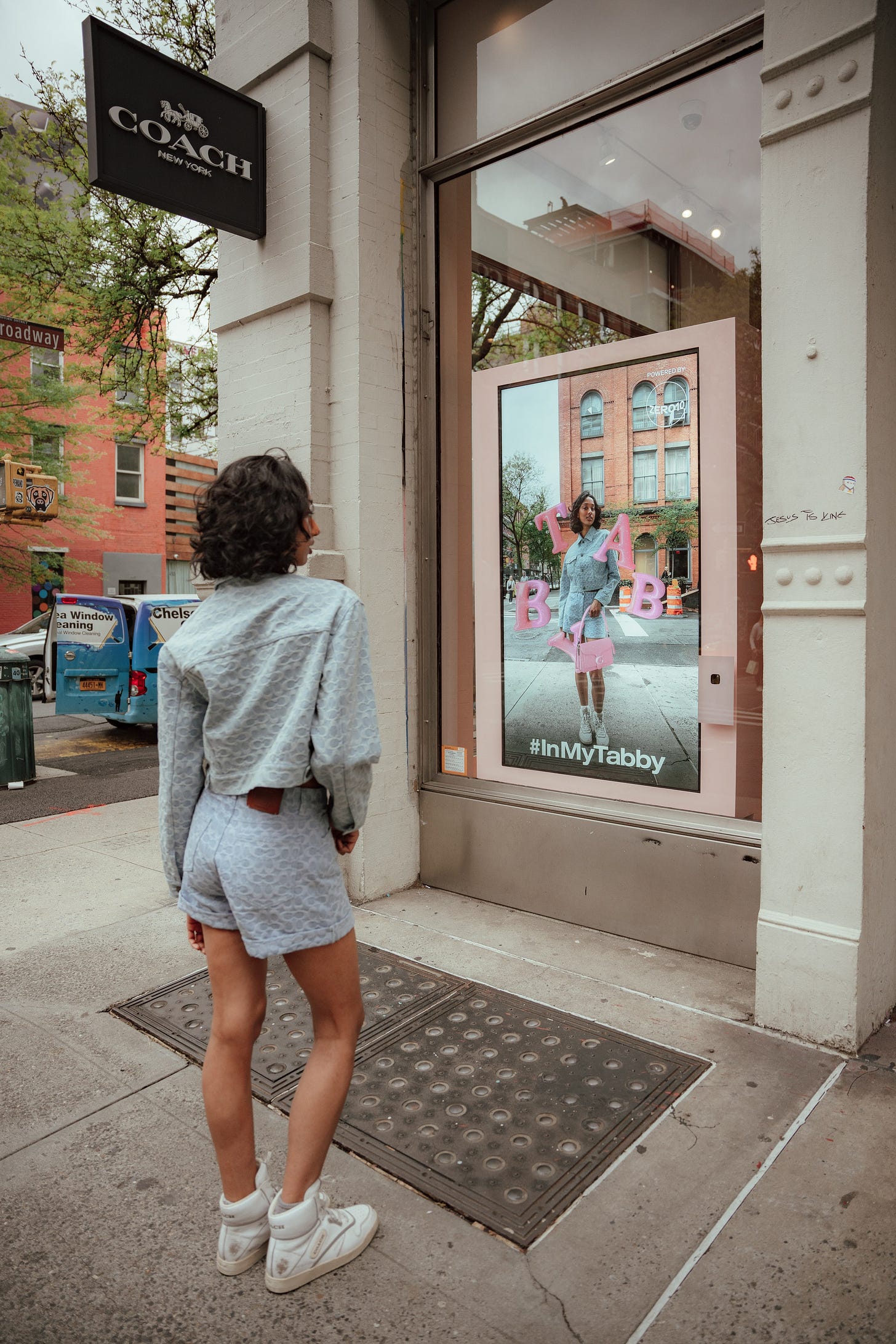
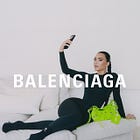
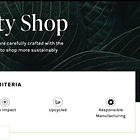
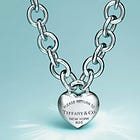





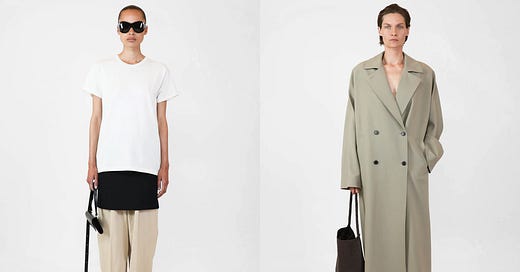

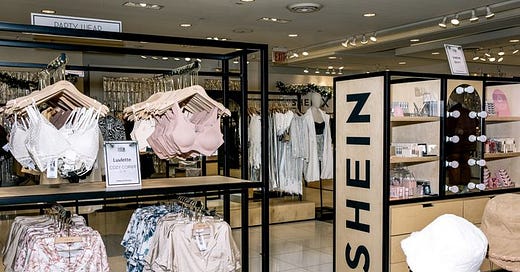



It's going to be interesting how this affects brands run by people of color and other marginalized groups. Bereft decent "offline" resources (physical stores, warehouses, etc.), a lot of POC-run brands rely heavily on online advertising and social media presence to stay afloat. If (once?) the Great Exhaustion pans out, it could wind up conferring an advantage to incumbents able to weather demand fluctuations; the vast majority of these are mid-to-large sized players run by traditional, majority-white/male capital. I'd think an increased level of partnership between large brands/platforms and smaller ones run by underrepresented people may be a good way to hedge against that risk.
As a retired person with limited income, your choices, experiences will change as you go through life. If you are on a limited income you have to pick the best possible given your circumstances. (think classic items, go to vintage shop, second hand shops) A lot of people no longer go to malls, the bags advertise what you have bought making you a target. You know what I want? Decent clothes that fit right and don’t cost me an arm and a leg. For instance I love the L.L. Bean look, but right now their prices are such that I can not afford them. When they had a store close to where I lived I could go there try on items and see if they worked. Now it is a lot of time shipping things back and forth. So where did I go? To Lands Ends for a fleece and flannel jacket more than half priced off the L.L.Bean version. Nightgowns, are running $60 to $90 and i wait for a sale. T-shirts, one from bean $35 each or a pack of 4 Hanes white t-shirt for $24. Rough wear items, skorts, t-shirts, pants come from Duluth and shoes I have been wearing are for the most part at a minimum 1 year old. I am burned out by Macys, target, Nordstroms, and the list goes on. One thing shoe wise, I love loafers. I bought a pair years ago and still have them! They are far more classic than the current crop but I love them. I have tried to find a look or style but in Texas heat it is current 97 degree heat index 105.( It might be this way until October! Rain is touch and go, here but not there.) What a New Yorker, east-coast upper income can afford I can not, and it wouldn’t be appropriate here.
As far as AI, I have big problems with what is coming. I think the best thing anyone could do now is have a backyard party invite the neighbors over, get to know them and their children and grandparents. Here in the US we have an election coming up and it has split apart families and to a certain extent the country. We are overloaded with election BS, higher food prices, for the moment gas prices are lower, and just general inflation. Going forward we are going to see a lot of tumultuous events.we are going to need to be resourceful, helpful and realistic. More and more things are not as they seem. Have designated time off the computers, phones, it is a nice world out there if you only power down.